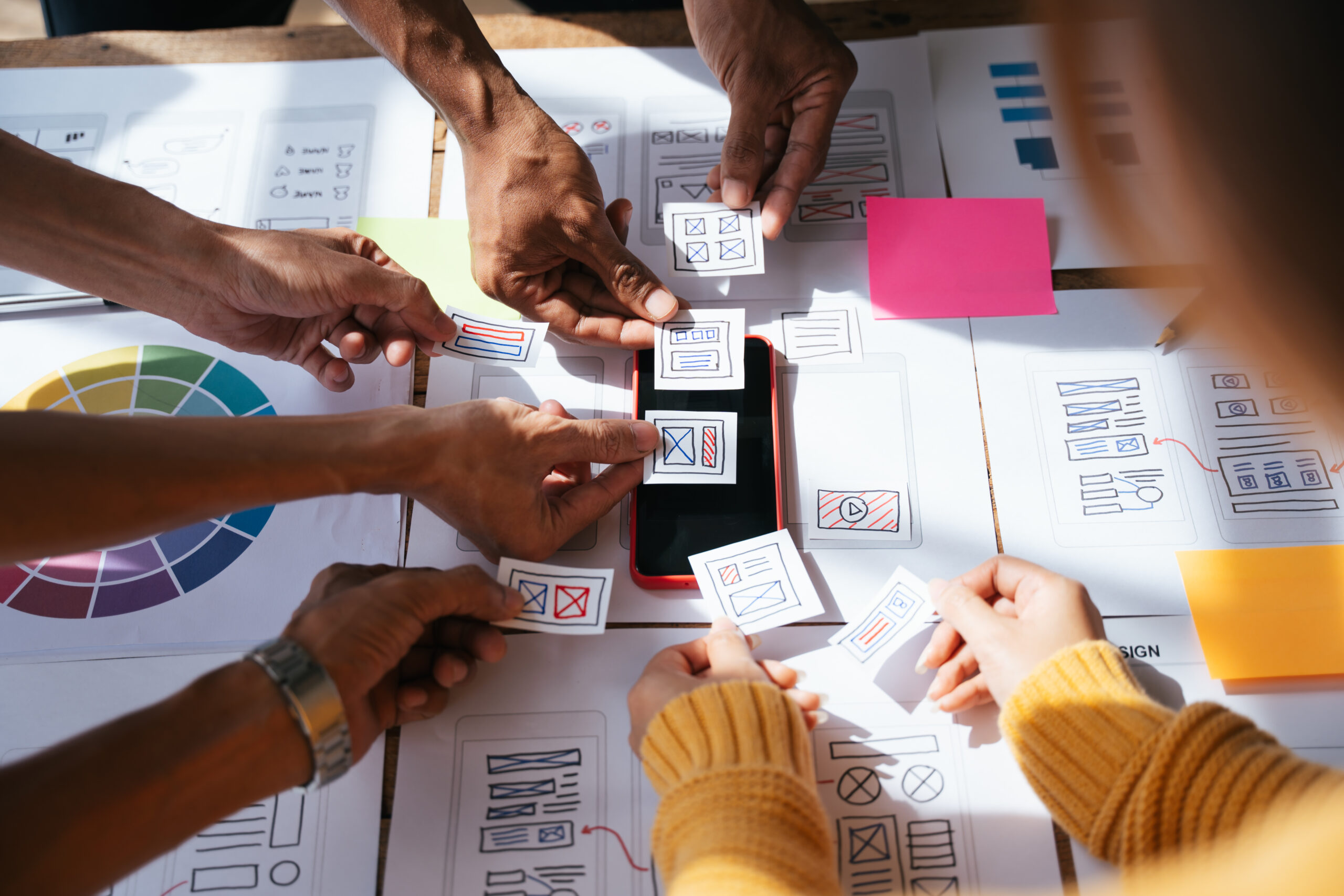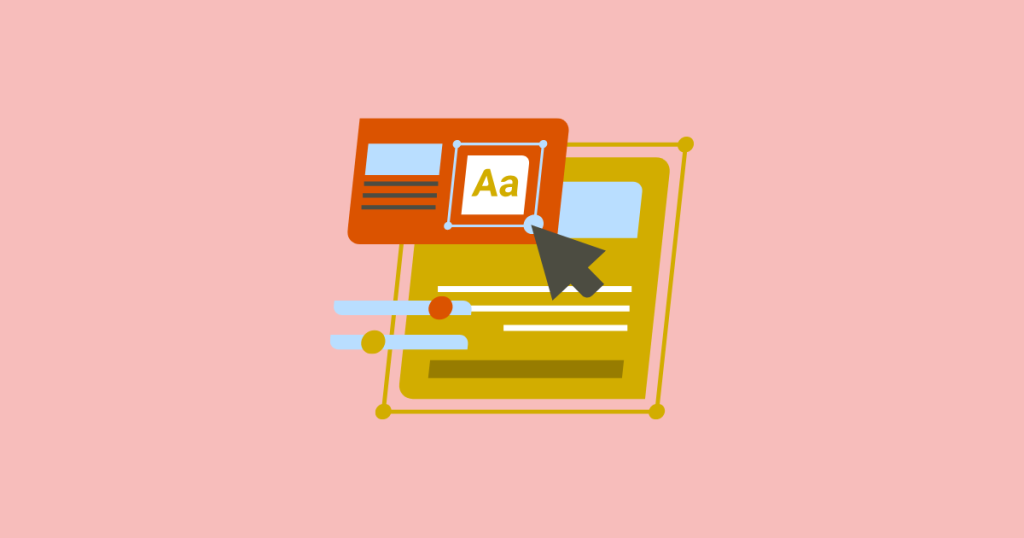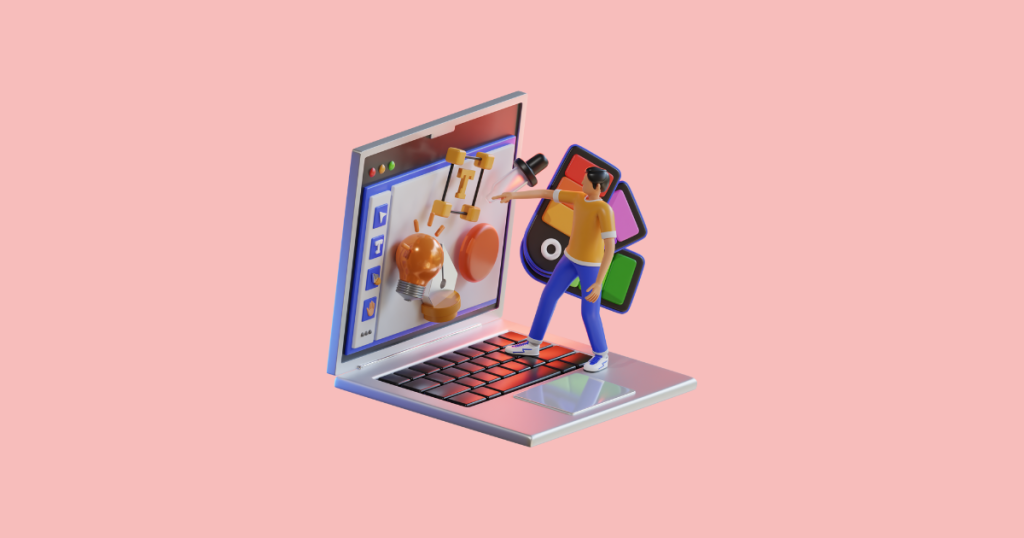It’s 2025, and if you’re thinking about how to run a design sprint, we’ve got you covered.
Running a Design Sprint means preparation and team alignment.
Now, running it successfully is a whole separate story. It’s not as straightforward as it was a couple of years ago.
Modern teams face new challenges: distributed workforces, intelligent prototyping tools, and more nuanced user behaviors.
That’s why mastering the Design Sprint 2.0 (updated for the realities of 2025) is essential.
Let yourself dive deep, and let’s get into it.
How to run a Design Sprint in 2025

Before you start, set the stage.
Make sure the problem you’re solving is worth sprinting for; it must be ambitious, urgent, and not easily solved through standard team workflows.
1. Preparation is Key
Yes, just like the title says, preparation is one of the foundations of a successful design sprint.
Starting with assembling the right team and setting clear, actionable goals.
Assembling the right team
Have a team with a diversity of skills and perspectives.
Aim for a small, cross-functional team of 5–7 people, including roles like a product owner, designer, engineer, product manager, and domain experts.
This is a good mix because it balances creativity, technical insight, and business alignment.
These are some of the key roles:
- Decider: The person with final decision-making authority, crucial for keeping the sprint moving and avoiding deadlocks.
- Facilitator: Guides the process, keeps the team on track, and ensures everyone participates.
- Designer/Engineer: Brings expertise in user experience and technical feasibility.
- Product Manager: Connects the sprint to broader business goals and user needs.
2. The Five Essential Phases

If you want to guide your team from the initial problem to testing the final product with real-life users, you’ve got to follow the five essential phases any successful DS should have.
It is usually broken down into 5 days.
Day 1: Map 🗺️
- Understand the problem.
- Map the user journey.
- Choose a target moment to focus on.
Day 2: Sketch ✏️
- Review lightning demos (competitor ideas or AI inspiration boards).
- Each team member sketches solutions individually.
- Encourage the use of tools like ChatGPT + DALL·E for concept ideation.
Day 3: Decide 🤔
- Critique solutions.
- Vote and choose the best ideas.
- Create a storyboard of the prototype.
Day 4: Prototype 💡
- Build a realistic, testable prototype.
- Figma, Framer, or no-code tools like Webflow or Bravo Studio work well.
- AI can help generate UI assets, write microcopy, or suggest layout improvements.
Day 5: Test 👀
- Run 5–7 user tests with real users.
- Record sessions and gather insights.
- Use a template to document what worked, what didn’t, and what to do next.
3. Best Practices for a Flawless Sprint

Even though DS are structured and time-boxed, you’d be surprised at how many teams still struggle to run them effectively.
Start with the Right Problem ✅
Why it matters: If the challenge isn’t well-defined or meaningful, you’ll waste a sprint solving the wrong thing.
Create Psychological Safety 😶🌫️
Why it matters: People won’t share bold ideas or critique constructively if they don’t feel safe.
Respect the Timebox 📅
Why it matters: A Design Sprint only works if you stick to the schedule.
Use the Right Tools (and Use Them Well) 🔧
Why it matters: Clunky or unfamiliar tools waste time and energy.
Set up your digital tools in advance—test Miro, Figma, video calls, and backup systems.
Build Just Enough Prototype 🗳️
Why it matters: Overbuilding leads to burnout; underbuilding ruins user tests.
Test with Real (and Diverse) Users 👤
Why it matters: Feedback from the wrong audience invalidates your sprint.
4. After the Sprint: What’s next?

Yes, after the sprint! What happens next is just as important as what happens during the sprint.
Let’s break it down:
1. Sprint Retrospective
Purpose: Reflect on what worked, what didn’t, and how the team felt.
How to do it:
- Use a simple format: Start / Stop / Continue
- Gather anonymous feedback if needed
- Discuss improvements for next time
🛠 Tools: Miro, FigJam, or Google Forms
2. Synthesize & Share Findings
Purpose: Turn sprint outcomes into actionable insights.
How to do it:
- Document key decisions, test results, quotes from users, and a summary of what was validated or invalidated.
- Share a slide deck or Notion doc with stakeholders.
- Create a highlight reel if you recorded user tests.
📤 Pro Tip: Make it visual and brief, executives love clarity.
3. Decide: Pivot, Proceed, or Park
Purpose: Take a strategic direction based on the results.
You have three options:
- ✅ Proceed – Build an MVP or launch a pilot
- 🔄 Pivot – Rework the idea based on feedback
- 🛑 Park – Kill the idea and move on (and that’s a win too)
In Conclusion
Running a successful Design Sprint in 2025 isn’t about following the script perfectly.
It’s about staying focused, collaborating with purpose, and using the tools (and tech) that help you move smarter and faster.
Whether you’re tackling a product launch, a service redesign, or just need to get unstuck, a well-run sprint can save you weeks of guesswork and meetings.
The best part? You don’t have to be a big tech company to pull this off. With the right mindset, a solid plan, and maybe a little AI support, any team can run a killer sprint.
Ready to try one yourself? Check out our latest resources and start planning your next breakthrough.
👉 Let’s make it happen.



